Planning a Butterfly Garden
This post may contain Amazon or other affiliate links. As an Amazon Associate I earn from qualifying purchases.
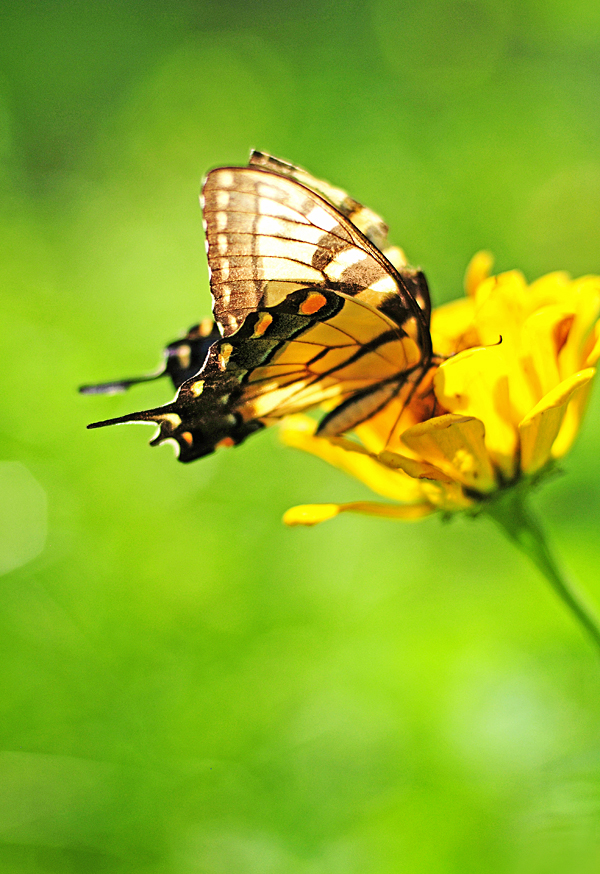 Some tips for Planning a Butterfly Garden.
Some tips for Planning a Butterfly Garden.
Do you have a butterfly garden or have you always wanted one? Our garden is fluttering with active butterflies right now. They seem to be on every flowering thing, adding not only more color to our yard, but movement too. They’re fun to watch as they flit from blossom to blossom. So relaxing too. And while not as busy as bees, butterflies do aid in pollinating so they’re not only pretty to watch but they’re helpful too.
With summer winding down, you may not be thinking about planning a beautiful butterfly garden to enjoy next year, but now is the time to begin planning. For starters, being able to see your landscaping green and in full bloom, makes it easier to determine where there may be room to install a butterfly garden, or where you’d like to have additional flowering plants mixed in where there may be a hole or vacant spot now. It’s so much easier to see those areas while everything is in bloom than to try and remember during the dead of winter where those spots may be.
Plus, fall is the perfect time for planting trees and shrubs that can act as the base or foundation for your butterfly garden. Perennials and annual flowering plants can be added to the foundation plantings when spring and summer roll around. Not only is fall the best time for planting most trees and shrubs, it also gives you time to prepare the soil, mulch, or shift other plantings around in order to be ready for growing beautiful blossoms during warmer weather.
A few things to consider when planning your butterfly garden:
Avoid pesticides. Not only are they harmful to butterflies but other beneficial insects as well. Look for natural ways to manage unwanted pests.
Consider the placement of your garden before choosing your plants. Butterflies like sunny locations that are not windy. As you can imagine, butterflies don’t function well in gusty areas. A place sheltered from wind should be considered. Butterflies also need a water source. No need for anything huge. A birdbath or other source close by should be fine.
Butterflies need plants not only for nectar and other food, but as a place for their larvae to rest and grow. I won’t try to get into the details of all of that, but you can read all about it in this great article on butterfly gardening from Clemson University’s College of Agriculture, Forestry and Life Sciences. It’s really very interesting.
Of course, always check your zone requirements before planning any garden to know what plants are appropriate for your area. I think it’s always a good idea to use native plants. While exotics may be tempting, they may be a little more difficult to maintain.
You’ll soon discover with a quick online search, a large variety of plants that attract and are beneficial to butterflies. There are so many lovely ones to choose from, but here’s a short list to get you started thinking about it:
Shrubs and Trees:
birch (Betula)
blueberry (Vaccinium)
butterfly bush, buddleia (Buddleja)
buttonbush (Cephalanthus)
crabapple (Malus)
maple (Acer)
plum (Prunus)
poplar (Populus)
redbud (Cercis)
serviceberry (Amelanchier)
spiraea (Spiraea)
viburnum (Viburnum)
Annuals and Perennials:
aster (Aster)
black-eyed susan (Rudbeckia)
chives (Allium)
coneflower (Echinacea)
cosmos (Cosmos)
daisy (Chrysanthemum)
daylily (Hemerocallis)
dill (Anethum)
fennel (Foeniculum)
lantana (Lantana)
phlox (Phlox) (some varieties are annuals)
salvia (Salvia)
sunflower (Helianthus)
zinnia (Zinnia)
Be sure to check with your local agricultural extension or gardening center to see what they may recommend for your location.
Happy gardening!

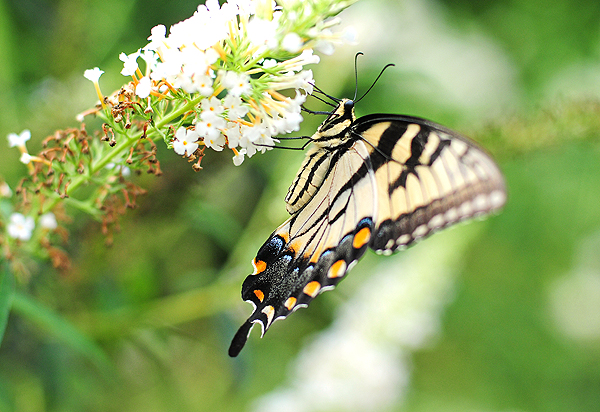
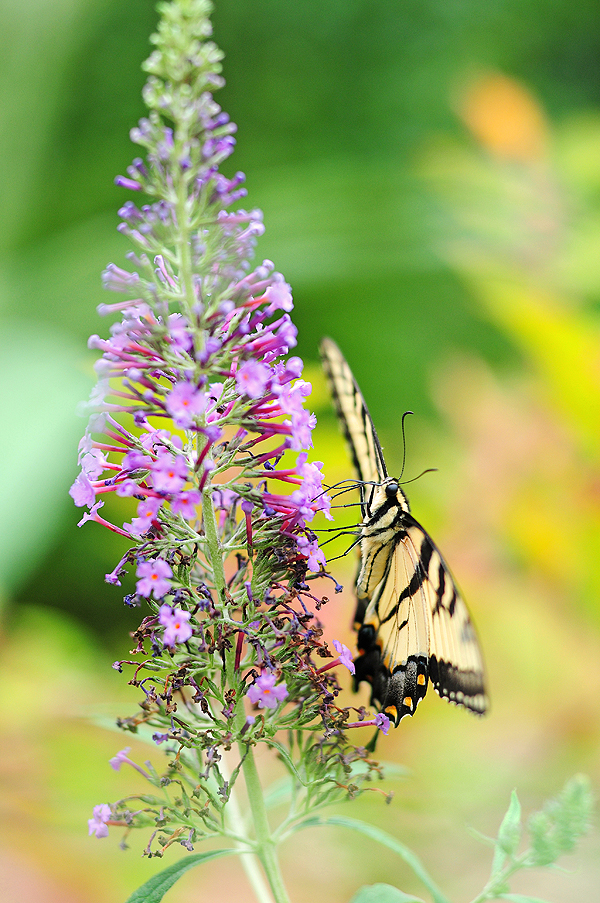
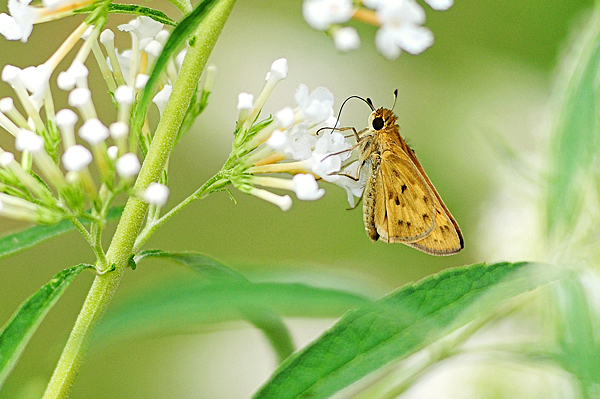
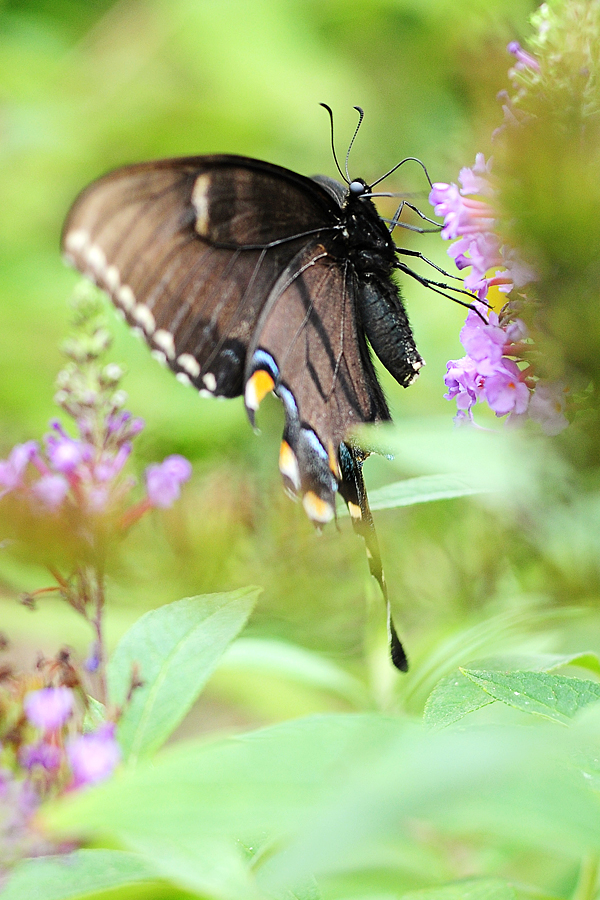
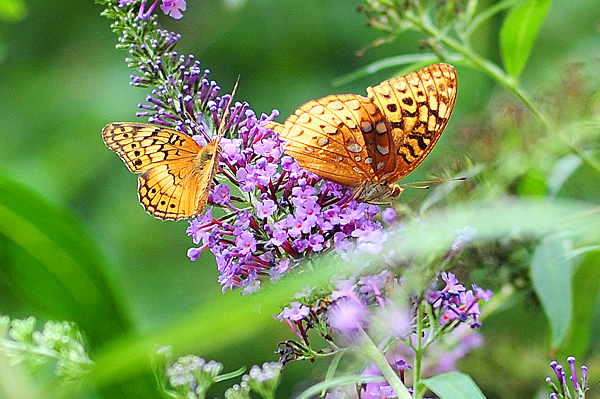


Thanks for sharing this. I keep thinking I should have planted so many things this year with all the rain. Oh well. There’s always next year and a sprinkler. 😉
I planted some butterfly bushes because I thought they were pretty and perfect for my low water xeriscape. Sounds crazy but I was unprepared for the butterflies…such a gorgeous addition to any garden. Great tips Amy!
I have a butterfly garden. I added it many years ago to host monarch butterflies. This year, I even brought a few inside. Love helping out any way I can.
I just love butterflies. We moved too late in the sumer to get flowers planted but I will be sure to plant some of these come next spring!
Thank you for continuing to inspire my gardening efforts. I’m better at tomatoes than I am flowers, but I try.
One of my favorite gardens was the one that was 1/2 a girly garden and 1/2 a man’s garden. It wasn’t so much the whole design of it, but there was a combination of the yellow hellebore, orange sedge, pink tulips and ‘Carmel’ Heuchera. It would only look good for a very short period of time, but the effect was impressive.